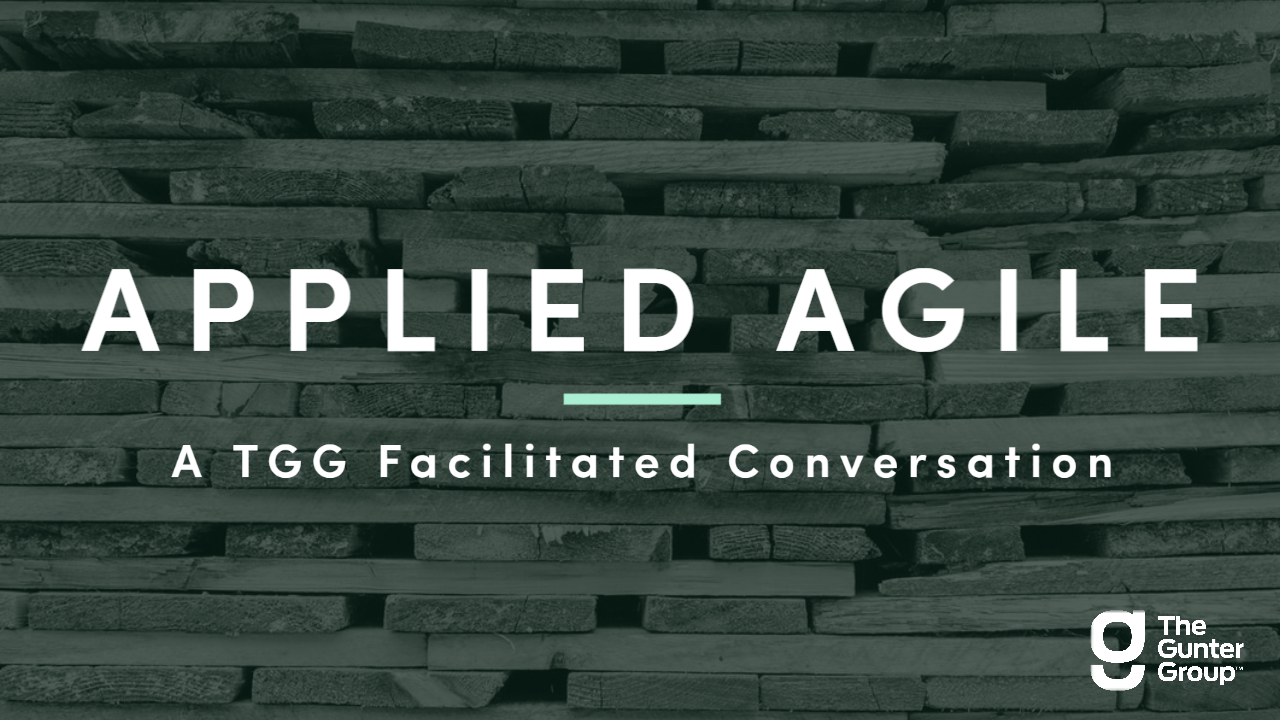“Expect the unexpected.” Whether you’re faced with a crisis now, or looking to be prepared for anything unexpected in the future, here are five keys our team utilizes to help organizations move forward with critical, fast track projects.
Tag Archives: Project Management
5 KEYS FOR TACKLING
PRESSING PLAY ON PAUSED PROJECTS IN THE COVID-19 ERA
As a result of the COVID-19 pandemic, organizations have had to make tough choices and “hit the pause button”, delaying projects and strategic initiatives. We are now seeing enterprises reinstating their paused projects and initiatives, but in a changed world, where challenges such as limited and/or remote staff, constrained budgets, and emerging competing priorities need to be factored into the mix.
AGILE & THE BATTLE FOR BETTER BUSINESS
Agile has yet to have as meteoric an effect on the broader business world as it has in all-things-tech, but this change is on the horizon. In this article, we will explore several simple means for the application of agile in non-tech environments.
TGG FACILITATED APPLIED AGILE PANEL DISCUSSION
A few weeks ago, The Gunter Group facilitated a panel discussion at one of our clients (a global footwear and apparel company), which focused on Agile methodology application within their organization.
5 TRAITS TO LOOK FOR WHEN RESOURCING CRITICAL, QUICK TURN PROJECTS
Whether you’re faced with a crisis now, or looking to be prepared for the future, check out these 5 traits that keep organizations moving forward in critical, quick turn projects.
THE FUTURE OF AGILE: LOSE YOUR MANIFESTO
Matt Jamison is no stranger to agile. As the Service Lead for technology at The Gunter Group, Jamison is putting his twenty years of tech experience to good use. He has kept his finger on the pulse of all-things-IT for quite some time. Jamison’s latest reflections on tech would surprise you. Lately he has been talking agile, but not in the way you might expect. He believes that business is on the threshold of change.
TGG SPONSORED AGILE PDX EVENT – FROM MINDSET TO CONSCIOUSNESS: PLAYING THE INFINITE GAME OF HUMAN DEVELOPMENT
We hope you will join us for June’s event to learn about how to spot developmental as opposed to lower level learning experiences in the context of an agile consciousness.






